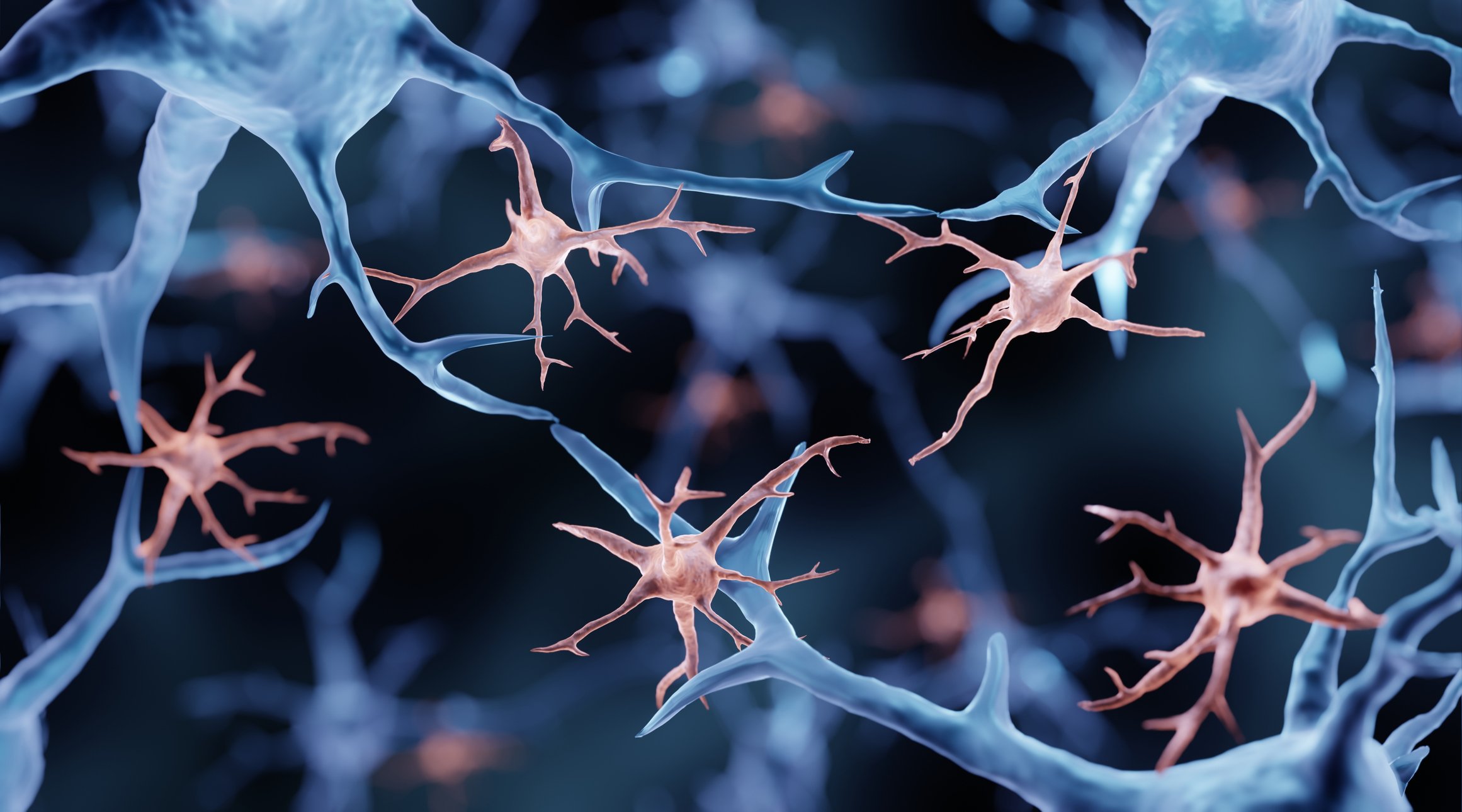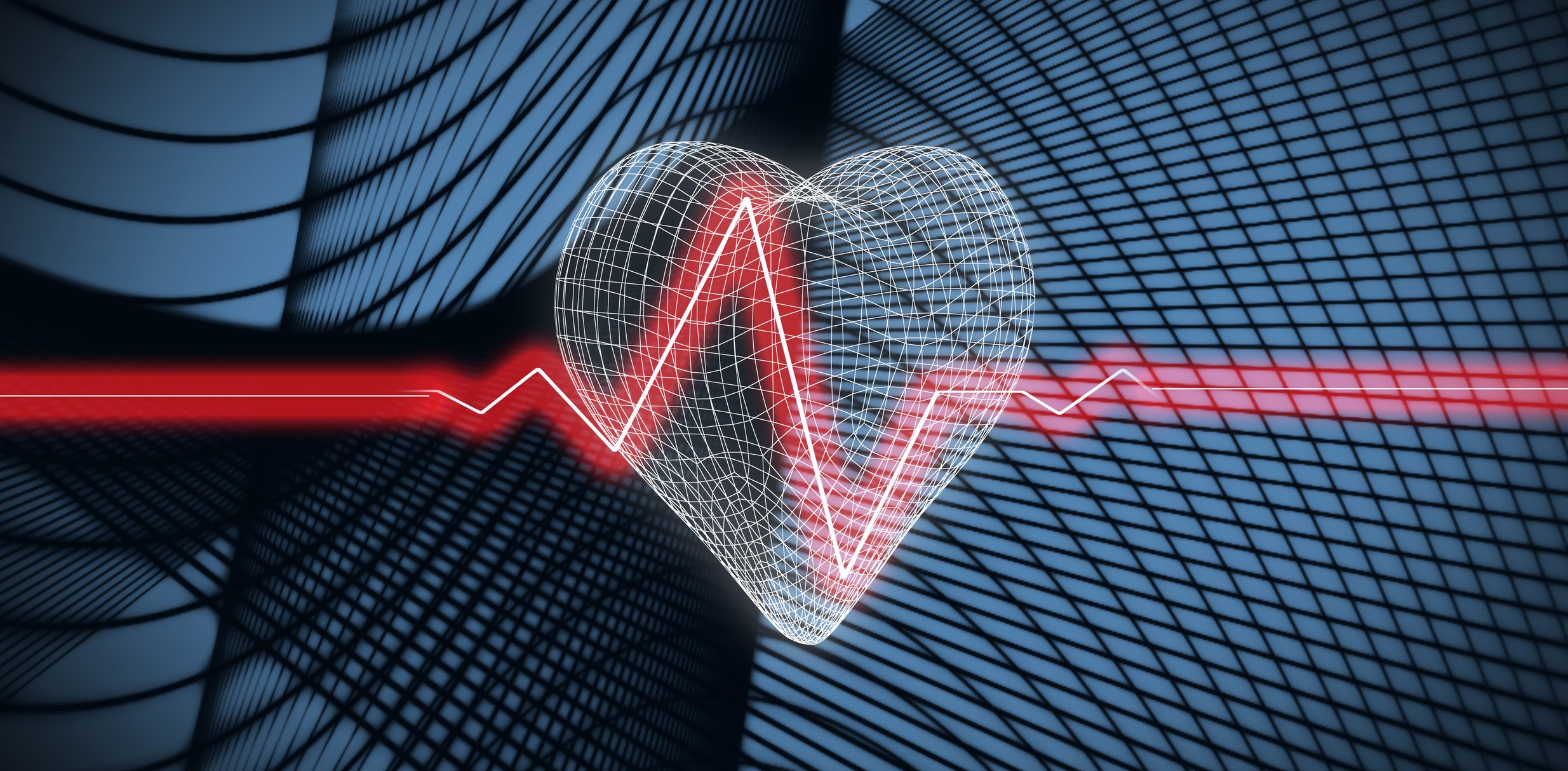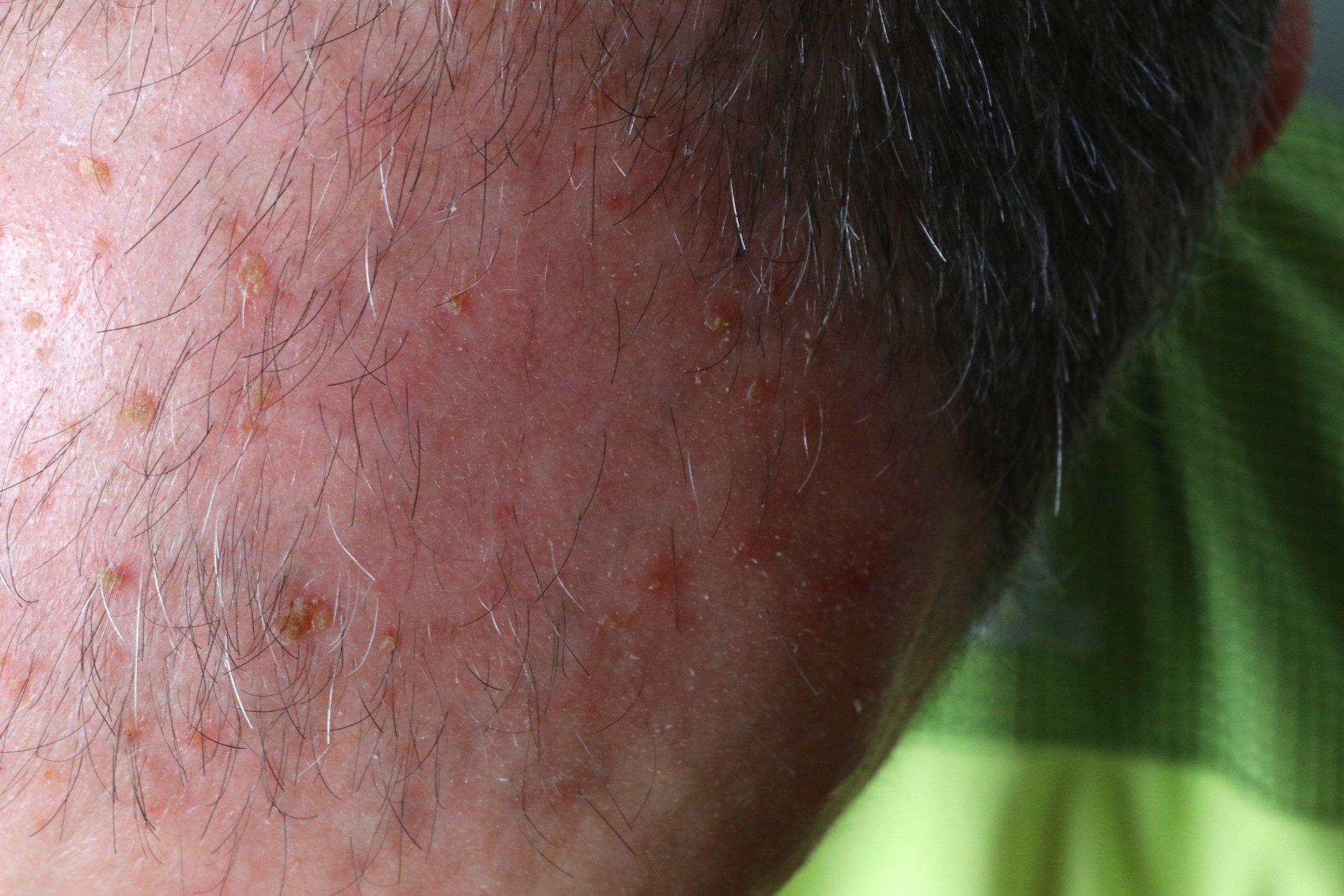It has been proven that there are bidirectional relationships between sleep disorders and mental illness. In recent years, sleep medicine research has gained numerous practical insights into these common clinical pictures. This article provides an overview of the current state of knowledge.
Long before the emergence of sleep medicine as a separate discipline, Emil Kraepelin, one of the forefathers of clinical-empirical psychiatry, described the relationships between sleep and mental disorders [1]. Today, sleep disorders are among the most common complaints in the general population and are reported by nearly one-third of primary care patients [2]. More than 70 different sleep disorders are described in the independent international classification ICSD-3 (“International Classification of Sleep Disorders”) [3], and in the upcoming ICD-11, sleep disorders will be listed in a separate chapter for the first time [4].
Modern sleep medicine assumes a bidirectional relationship between psychiatric disorders and sleep disorders. Sleep disturbances can both precede a psychiatric disorder and persist after remission as an independent risk factor for recurrence. For example, persistent insomnia after a depressive episode has resolved increases the risk of relapse [5].
Recognize sleep disorders
Sleep history: In order to be able to plan an efficient therapy, a structured recording of the waking and sleep disturbances must take place. A sleep medical history should be taken in all psychiatric patients and cover the entire 24-hour period, or even longer periods (weeks, months).
Sleep log and actigraphy: Additional logging of a 14-day period using structured sleep diaries is informative. In addition, sleep protocols have been available as apps for smartphones for several years [6]. If available, actometers can be used in addition to the sleep protocol. These motion sensors are worn on the wrist and allow objective recording of circadian activity as well as light exposure, thus providing information on the home life situation. Behavioral sleepiness problems, such as sleep deprivation, but also sleep phase shifts, can be well detected with these simple methods. Subsequently, counseling, cognitive behavioral therapy methods for sleep disorders, and chronomedical interventions (e.g., light exposure and timed melatonin administration) can be applied for internal clock correction (Fig. 1).

Detection of vigilance, fatigue and sleepiness
Alertness and sleepiness can be assessed subjectively by questionnaire procedures (e.g. sleepiness with the “Epworth Sleepiness Scale”, ESS) [7] and objectified with test procedures if necessary. Wakefulness can be measured with the Maintenance of Wakefulness Test (MWT) and sleepiness with the Multiple Sleep Latency Test (MSLT) in sleep medicine centers of the SGSSC (“Swiss Society for Sleep Research, Sleep Medicine and Chronobiology”). There, methods for measuring reaction time, recording vigilance/continuous attention, and even driving simulation tests are also offered. Objective examination procedures such as the MSLT can make a valuable contribution to the early detection of hypersomnia and narcolepsy with sleepiness measurement.
An important distinction from daytime sleepiness is daytime fatigue. This can only be recorded subjectively (questionnaire method, e.g. “Fatigue Severity Scale”, FSS). Clinically, fatigue manifests as a subjective feeling of exhaustion or unpleasant languor without actual sleep pressure. In German-speaking countries, the terms fatigue and sleepiness are often used synonymously, which significantly complicates the collection of medical history.
Overlap of psychiatric clinical pictures with symptoms of sleep-related breathing disorders
Data on the prevalence of sleep-related breathing disorders (e.g., obstructive sleep apnea) in the general population range from 4% [8] to >10% [9]. In acute psychiatric collectives, a prevalence of >20% can be assumed [10]. Presumably, there is underdiagnosis of these disorders in outpatient psychiatric care.
Outpatient cardiorespiratory polygraphy can be performed in the patient’s home environment for orientational diagnostic purposes. During night sleep, respiratory flow, breathing movements, oxygen saturation, snoring activity, electrocardiogram and position in bed are continuously recorded. Modern devices can even estimate objective sleep activity by means of EEG derivation.
If a relevant number of breathing pauses is registered, the presence of obstructive sleep apnea (OSA) is suspected. In a sleep medicine center with a sleep laboratory, confirmation of diagnosis and initiation of therapy can be planned if needed. The following improvement in sleep quality can, for example, achieve a clinically relevant improvement in severity in treatment-resistant depression [11].
Video polysomnography (sleep laboratory examination) is the gold standard in the differential diagnosis of sleep disorders. It can be performed in Switzerland in cases of urgent suspicion of sleep apnea syndrome, suspicion of periodic leg movements during sleep, narcolepsy in cases of clinically uncertain diagnosis and in cases of dangerous parasomnias (e.g. violent behavior during sleep, dangerous sleepwalking) [12].
Sleep disordered breathing with comorbid insomnia
The care of patients with obstructive sleep apnea (OSA, snoring with pauses in breathing) and comorbid insomnia is problematic (Fig. 2) . Multidisciplinary care in a sleep center with a pneumological-psychiatric focus seems promising [13]. In an inpatient therapy setting (hospitalization for complex sleep medicine therapy, usually with a period of 1-3 weeks), all patients with comorbid psychiatric disorders can be cared for if therapy initiation in the outpatient setting is unsuccessful or specialized sleep medicine care is not available regionally.

Psychiatric medication can trigger sleep disorders
In the primary care setting, benzodiazepines and their derivatives (Z-substances) are prescribed too frequently and for too long [15]. In the German-speaking world, increasing numbers of prescriptions for Z drugs on private prescription are available [16]. However, the problem is that the assumptions of the medical profession about the benefit-risk ratio of the preparations do not match the current evidence [17] – these should only be dispensed in an emergency and for a short time.
For commonly used psychotropic drugs, relevant sleep medicine side effects are listed in the professional information. The triggering of insomnia (e.g., with SSRIs) is frequently reported, as are parasomnias (e.g., sleepwalking with Z-substances), nightmares (e.g., almost all hypnotics), sleep-related movement disorders (e.g., antidepressants, neuroleptics). Less frequently, sleep-related breathing disorders (e.g., benzodiazepines) and hypersomnias are listed (Table 1) [18]. Drive-enhancing antidepressants should not be taken immediately before bedtime [19].

Circadian rhythm disorders and shift work
Daytime sleepiness may be due to a disturbance in circadian rhythms. The phasing of the internal rhythm may be posterior in adolescents, patients with ADHD, and autism spectrum disorders, and may feign insomnia at bedtimes in the normal population [21]. By means of light therapy (Bright Light, 10,000 lux, 30 minutes, in the morning after natural awakening) and timed melatonin administration, an advance shift of the internal rhythm and thus the ability to fall asleep can be achieved. Sedative pharmacotherapy under the assumed diagnosis of insomnia is not very effective here.
Irregular sleep-wake patterns are clinically significant, as they can arise in the working world due to unfavorable shift work schedules. Unemployed psychiatric patients with limited daily structure may experience a complete loss of sleepiness during the desired sleep time due to adverse behaviors such as excessive computer activity, irregular patterns of ingestion of stimulants, meals, and medications, or use of illicit substances.
Take-Home Messages
- Sleep disturbances are risk factors in their own right if they persist after the psychiatric illness has resolved.
- Fatigue can only be recorded subjectively (questionnaire). However, sleepiness and wakefulness can be measured objectively (MSLT and MWT) and provide valuable information for diagnosis and treatment planning.
- In psychiatric patients, obstructive sleep apnea syndrome is common, which in itself can cause decreases in mood, drive, and concentration.
- Sleep disorder therapy can alleviate psychiatric illness symptoms, for example, sleep-disordered breathing therapy can improve the drive state and severity of depression.
Literature:
- Becker K, Kluge M, Steinberg H: The contributions of Emil Kraepelin to knowledge of sleep disorders and their treatment. Neurologist 2015; 86(11): 1403-1411.
- Swiss Federal Statistical Office: Swiss Health Survey 2012. Sleep disorders in the population. 2015. https://www.bfs.admin.ch/bfs/de/home/statistiken/kataloge-datenbanken/publikationen.assetdetail.350820.html as of Jan. 15, 2019.
- American Academy of Sleep Medicine: International Classification of Sleep Disorders. Third Edition: ICSD-3. 2014.
- WHO: ICD-11 International Classification of Diseases 11th Revision: The global standard for diagnostic health information. 2018. https://icd.who.int as of Jan. 15, 2019.
- Baglioni C, Riemann D: Is chronic insomnia a precursor to major depression? Epidemiological and biological findings. Curr Psychiatry Rep 2012; 14(5): 511-518.
- Pollmächer T, et al: Sleep medicine differential diagnosis in psychiatry and psychotherapy. Der Nervenarzt 2014; 85(1): 57-66.
- Johns MW: A new method for measuring daytime sleepiness: the Epworth sleepiness scale. Sleep 1991; 14(6): 540-545.
- Ohayon MM: Epidemiological Overview of sleep Disorders in the General Population. Sleep Med Res 2011; 2(1): 1-9.
- Heinzer R, Marti-Soler H, Haba-Rubio J: Prevalence of sleep apnea syndrome in the middle to old age general population. Lancet Respir Med 2016; 4(2): e5-e6.
- Behr M, et al: Prevalence of sleep-related breathing disorders in inpatients with mental illness. Neurologist 2018; 89(7): 807-813.
- Edwards C, et al: Depressive Symptoms before and after Treatment of Obstructive Sleep Apnea in Men and Women. J Clin Sleep Med 2015; 11(9): 1029-1038.
- Ordinance of the FDHA of September 29, 1995, on Benefits in Compulsory Health Care Insurance (Health Care Benefits Ordinance, KLV) [SR 832.112.31]. 2015. www.admin.ch/opc/de/classified-compilation/19950275/index.html, as of 1/15/19.
- Luyster FS, Buysse DJ, Strollo PJ: Comorbid insomnia and obstructive sleep apnea: challenges for clinical practice and research. J Clin Sleep Med 2010; 6(2): 196-204.
- Kryger MH, Avidan AY, Berry RB: Atlas of Clinical Sleep Medicine. Second Edition. Saunders, 2014.
- Huedo-Medina TB, et al: Effectiveness of non-benzodiazepine hypnotics in treatment of adult insomnia: meta-analysis of data submitted to the Food and Drug Administration. BMJ 2012; 345: e8343.
- Hoffmann F, Glaeske G: Benzodiazepine hypnotics, zolpidem and zopiclone on private prescription. consumption between 1993 and 2012. Neurologist 2014; 85(11): 1402-1409.
- Siriwardena AN, et al: GPs’ attitudes to benzodiazepine and ‘Z-drug’ prescribing: a barrier to implementation of evidence and guidance on hypnotics. Br J Gen Pract 2006; 56(533): 964-967.
- Gahr M, et al: Sleep disturbances and sleep impairment as side effects of psychotropic drugs: an assessment of data from professional information. Fortschr Neurol Psychiatr 2018; 86(7): 410-421.
- Hoque R, Chesson AL Jr: Pharmacologically induced/exacerbated restless legs syndrome, periodic limb movements of sleep, and REM behavior disorder/REM sleep without atonia: literature review, qualitative scoring, and comparative analysis. J Clin Sleep Med 2010; 6(1): 79-83.
- Thomas A, Bonanni L, Onofrj M: Symptomatic REM sleep behavior disorder. Neurological Sciences 2007; 28(1): S21-S36.
- Coogan AN, McGowan NM: A systematic review of circadian function, chronotype and chronotherapy in attention deficit hyperactivity disorder. Atten Defic Hyperact Disord 2017; 9(3): 129-147.
InFo NEUROLOGY & PSYCHIATRY 2019; 17(1): 4-9.












